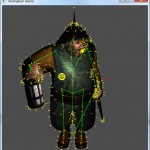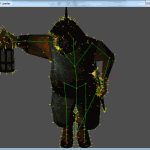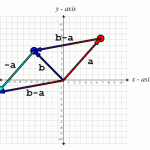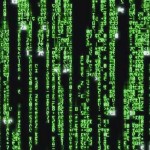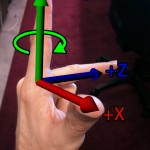
Left-hand Rule
In this article, I would like to provide a brief math primer for people who would like to get involved in game programming. This is not an exhaustive explanation of all the math theory that one will have to know in order to be a successful game programmer, but it’s the very minimum amount of information that is necessary to know before you can begin as a game programmer.
This article assumes you have a minimum understanding vectors, and matrices. I will simply show applications of vectors and matrices and how they apply to game programming.
Continue reading →


